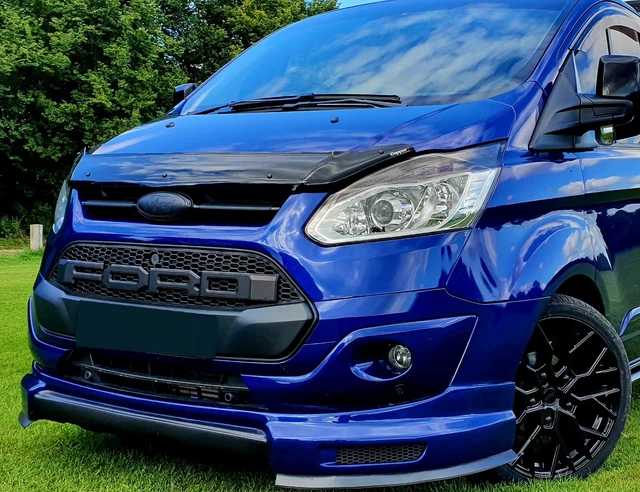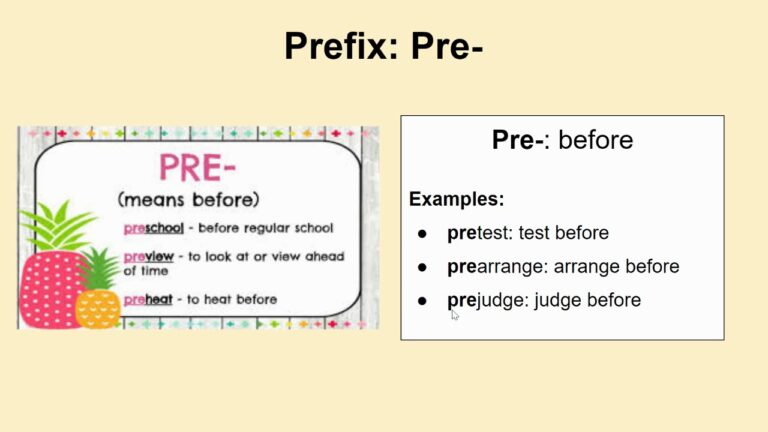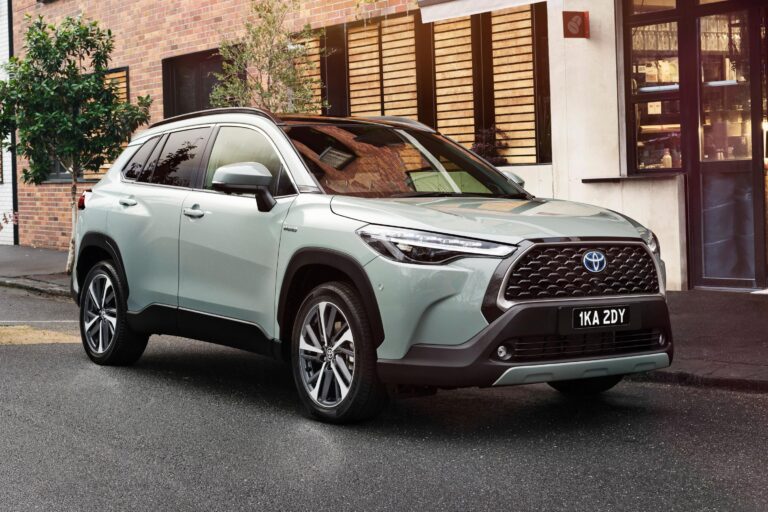Ford Truck Cap Compatibility Chart: Your Essential Guide to a Perfect Fit
Ford Truck Cap Compatibility Chart: Your Essential Guide to a Perfect Fit cars.truckstrend.com
In the world of truck ownership, few accessories offer the blend of utility and protection that a truck cap provides. Transforming your open bed into a secure, weather-protected cargo area, a cap dramatically expands your truck’s versatility. However, the journey to finding the ideal truck cap is often fraught with potential pitfalls, primarily revolving around one critical factor: compatibility. This is where the Ford Truck Cap Compatibility Chart becomes an indispensable tool, serving as your definitive guide to ensuring a perfect, hassle-free fit.
At its core, a Ford Truck Cap Compatibility Chart is a comprehensive reference that outlines which truck cap models are designed to fit specific Ford truck models, years, and bed configurations. It’s more than just a list; it’s a blueprint that prevents costly mistakes, ensures optimal functionality, and maintains the aesthetic integrity of your vehicle. Ignoring this crucial resource can lead to ill-fitting caps, compromised sealing, reduced security, and ultimately, buyer’s remorse. For every Ford truck owner considering a cap, understanding and utilizing this chart is the first, most vital step.
Ford Truck Cap Compatibility Chart: Your Essential Guide to a Perfect Fit
The Imperative of Compatibility: Why It Matters So Much
The belief that "all truck beds are pretty much the same" is a common misconception that can lead to significant headaches when purchasing a truck cap. Ford, like other manufacturers, produces a variety of truck models, each with distinct dimensions, bed rail designs, and cab heights that evolve across different generations and trim levels. A cap that fits a 2015 F-150 SuperCrew with a 5.5-foot bed will almost certainly not fit a 2020 F-250 Regular Cab with an 8-foot bed, nor will it perfectly align with a 2008 Ranger.
Ignoring compatibility can result in:
- Poor Fit and Sealing: Gaps between the cap and bed rails lead to water leaks, dust intrusion, and compromised cargo protection.
- Aesthetic Mismatch: An ill-fitting cap can look disproportionate, either too tall, too short, or misaligned with the cab, detracting from your truck’s appearance.
- Compromised Security: An improperly sealed or secured cap can be easier to pry open, defeating its purpose of protecting valuables.
- Installation Difficulties: Forcing an incompatible cap can damage both the cap and your truck’s bed rails, leading to costly repairs.
- Reduced Resale Value: A non-OEM or poorly fitting cap can negatively impact the resale value of your truck, as it may suggest a lack of care or proper maintenance.
- Safety Concerns: An unsecured cap can shift during transit, posing a safety risk to you and others on the road.

The compatibility chart eliminates these risks by providing precise information, ensuring that your investment enhances, rather than detracts from, your Ford truck.
Deciphering Your Ford Truck’s DNA: Key Measurements and Identifiers
Before even looking at a compatibility chart, you need to know your own truck inside and out. The more precise information you have about your specific Ford model, the easier it will be to find a compatible cap.
Here are the critical details you’ll need:
- Year of Manufacture: Truck designs evolve significantly between model years and generations. A cap for a 2014 F-150 will not fit a 2015 F-150 due to a complete body redesign.
- Make and Model: While this article focuses on Ford, within Ford, you have F-150, F-250, Ranger, Maverick, etc., each with unique bed dimensions.
- Cab Style:
- Regular Cab: Single row of seating.
- SuperCab (Extended Cab): Smaller rear doors, limited rear seating.
- SuperCrew (Crew Cab): Full-size rear doors, ample rear seating.
The cab style often dictates the overall length of the truck, which in turn influences the bed length options available.
- Bed Length: This is perhaps the most crucial measurement. Common Ford bed lengths include:
- 5.5 feet (Short Bed)
- 6.5 feet (Standard/Mid Bed)
- 8 feet (Long Bed)
Measure your bed precisely from the bulkhead (front of the bed) to the inside of the tailgate, typically along the bed floor.
- Flareside vs. Styleside: Some older Ford F-150 models (e.g., late 90s to early 2000s) offered a "Flareside" option with sculpted, step-side beds, which are distinct from the more common "Styleside" (flat-sided) beds. Caps for these are not interchangeable.
- Bed Rail Caps/Protectors: Some trucks come with factory bed rail caps. While most truck caps are designed to accommodate these, it’s worth noting, as some aftermarket rail protectors might interfere with the cap’s clamping system.

Having these details handy (often found in your owner’s manual, VIN sticker, or by simple measurement) will streamline your search on any compatibility chart.
Navigating the Compatibility Chart: A Step-by-Step Guide
Using a Ford Truck Cap Compatibility Chart is straightforward once you have your truck’s details. These charts are typically provided by cap manufacturers (like ARE, Leer, Snugtop, Truxedo, etc.) or reputable aftermarket parts retailers.
- Locate Your Truck’s Information: Using the details gathered above (Year, Make, Model, Cab Style, Bed Length), find the corresponding row or section on the chart.
- Identify Compatible Cap Models: The chart will then list specific cap models or series that are designed to fit your truck. For example, it might state "Leer 100XR" or "ARE CX Series."
- Note Any Nuances: Some charts might include notes about specific features or limitations, such as "Requires removal of factory bed rail caps" or "Not compatible with RamBox/Pro Power Onboard."
- Cross-Reference with Cap Features: Once you have a list of compatible cap models, you can then delve into the features of those specific caps (e.g., window styles, interior lighting, roof rack options) to match your needs and preferences.
- Verify with a Dealer/Installer: Even with the chart, it’s always wise to double-check with a professional dealer or installer. They have experience and often access to the most up-to-date manufacturer data, ensuring absolute accuracy before you commit to a purchase.
Beyond Basic Fit: Understanding Cap Types and Features
Compatibility isn’t just about length and width; it also involves the type of cap and how it integrates with your truck’s design.
- Cab-High Caps: These are the most common type, designed to sit flush with the top of your truck’s cab. They offer a sleek, integrated look and are excellent for general cargo protection. Compatibility here is crucial for matching cab height and maintaining aerodynamics.
- High-Rise Caps: Offering more interior volume, these caps are taller than the truck’s cab. They are ideal for hauling larger items, camping, or commercial use. Compatibility charts will specify if a high-rise option is available for your truck, as the design needs to accommodate the increased height gracefully.
- Commercial Caps: Often made of aluminum and designed for heavy-duty use, these caps prioritize durability and functionality (e.g., side toolboxes, ladder racks). Their robust construction means compatibility charts are vital to ensure proper mounting and load distribution.
- Material Types (Fiberglass, Aluminum): While materials don’t directly impact the fit in terms of dimensions, they influence weight and mounting requirements. Lighter aluminum caps might have slightly different attachment methods than heavier fiberglass ones.
Understanding these types, alongside the chart, helps you not just find a cap, but the right cap for your specific Ford truck and intended use.
The Unseen Benefits: Why Trusting the Chart Saves You Time and Money
The primary benefit of meticulously using a Ford Truck Cap Compatibility Chart is the prevention of costly errors. Imagine purchasing a cap online, waiting for it to arrive, only to find it doesn’t fit. This leads to:
- Return Shipping Nightmares: Large, bulky items like truck caps are expensive and difficult to ship.
- Restocking Fees: Many retailers charge significant restocking fees for returns of large items.
- Lost Time: Weeks or even months can be wasted in the process of ordering, receiving, returning, and re-ordering.
- Frustration and Stress: The headache of dealing with an incompatible product is immense.
By consulting the chart, you save yourself from these potential financial drains and logistical headaches. It ensures your first purchase is the right purchase, maximizing your investment and getting you on the road with your new, functional cap much faster. Furthermore, a perfectly fitting cap enhances your truck’s appearance, potentially increasing its resale value.
Common Pitfalls and Pro Solutions
Even with a compatibility chart, certain situations can present challenges:
- Older Ford Trucks: Finding charts for very old or discontinued Ford models (e.g., Broncos, older Rangers) can be difficult. Solution: Consult specialized forums, classic truck communities, or vintage parts dealers. Sometimes, custom fabrication is the only option.
- Modified Trucks: If your truck has aftermarket bed liners, custom bed rails, or suspension modifications that alter its stance, standard compatibility might be affected. Solution: Take precise measurements and consult directly with cap manufacturers or experienced customizers. They might recommend specific mounting hardware or minor adjustments.
- Aftermarket Bed Accessories: Some bed accessories (like built-in toolboxes or power outlets, e.g., Ford’s Pro Power Onboard) can interfere with cap installation. Solution: Confirm with the cap manufacturer or dealer if their cap design accommodates these features. Sometimes specific cutouts or mounting brackets are available.
- Used Caps: Buying a used cap is cost-effective, but verifying its original fitment can be hard. Solution: Get the exact year, make, and model the used cap came from. Then, check if that truck’s dimensions match your Ford model on a compatibility chart. Measure the used cap precisely to confirm.
Illustrative Ford Truck & Cap Compatibility Guide with Estimated New Cap Price Ranges
This table provides a generalized overview. Actual compatibility is highly specific to the cap manufacturer and model. Prices are estimates for new caps (fiberglass, painted to match) and can vary wildly based on features, brand, dealer, and location.
| Ford Truck Model/Generation | Bed Length Options | Typical Compatible Cap Type | Estimated New Cap Price Range (USD) | Key Compatibility Notes |
|---|---|---|---|---|
| F-150 (2015-Present) | 5.5 ft, 6.5 ft, 8 ft | Cab-High, High-Rise, Commercial | $2,000 – $4,500+ | Distinct bed rail design from prior gen. |
| F-150 (2009-2014) | 5.5 ft, 6.5 ft, 8 ft | Cab-High, High-Rise, Commercial | $1,800 – $4,000+ | Specific tailgate/bed rail contours. |
| F-150 (2004-2008) | 5.5 ft, 6.5 ft, 8 ft | Cab-High, High-Rise, Commercial | $1,500 – $3,500+ | Flareside beds require specific caps. |
| F-250/350 Super Duty (2017-Present) | 6.75 ft, 8 ft | Cab-High, High-Rise, Commercial | $2,200 – $5,000+ | Wider, taller beds than F-150. |
| F-250/350 Super Duty (1999-2016) | 6.75 ft, 8 ft | Cab-High, High-Rise, Commercial | $1,800 – $4,500+ | Different bed rail profiles between generations. |
| Ranger (2019-Present) | 5 ft, 6 ft | Cab-High, High-Rise, Commercial | $1,800 – $3,800+ | Smaller bed dimensions than F-Series. |
| Ranger (1993-2011) | 6 ft, 7 ft | Cab-High, High-Rise | $1,000 – $2,500+ (if available new) | Flareside options existed, often harder to find. |
| Maverick (2022-Present) | 4.5 ft | Cab-High (limited options) | $1,500 – $3,000+ | Unibody design, unique bed dimensions. |
Disclaimer: The "Estimated New Cap Price Range" is highly variable and depends on the cap brand, materials, features (windows, lights, racks, insulation), paint match, and installation costs. Always get a specific quote from a reputable dealer.
Frequently Asked Questions (FAQ) about Ford Truck Cap Compatibility
Q1: Can I use a truck cap from a Chevrolet/Ram/Toyota on my Ford truck?
A1: Highly unlikely. While some dimensions might be close, bed rail contours, cab height, and tailgate angles are typically unique to each manufacturer and even specific model generations within a brand. A universal fit is extremely rare and usually results in a poor, leaky, or unsafe fit.
Q2: Where can I find a reliable Ford Truck Cap Compatibility Chart?
A2: The best sources are directly on the websites of major truck cap manufacturers (e.g., ARE, Leer, Snugtop, Unicover, Truxedo, etc.), or reputable online aftermarket truck accessory retailers. Local truck accessory shops and dealers also have access to these charts.
Q3: My truck has a spray-in bed liner. Does that affect compatibility?
A3: Generally, no. Spray-in bed liners are thin and conform to the bed’s contours, so they typically don’t interfere with cap installation or compatibility. Drop-in plastic liners, however, can sometimes cause issues if they extend over the bed rails or are overly thick, so it’s best to confirm.
Q4: I’m buying a used cap. How do I ensure it will fit my Ford?
A4: Get the exact year, make, and model of the truck the used cap came off of. Then, use a compatibility chart to see if that specific truck’s dimensions match your Ford’s. Also, measure the used cap yourself (length, width, and height at the front) and compare it to your truck’s bed dimensions. Be wary of caps that were "modified" to fit.
Q5: What if my Ford truck has a unique feature like Pro Power Onboard or the RamBox-like storage?
A5: These features are becoming more common. You must check with the cap manufacturer or dealer. Some cap models are specifically designed with cutouts or alternative mounting systems to accommodate these features, while others may be incompatible.
Q6: Does the cap’s material (fiberglass vs. aluminum) affect compatibility?
A6: Not directly in terms of dimensional fit. However, aluminum caps often have different mounting systems due to their lighter weight and commercial applications. The compatibility chart will still specify which models (regardless of material) fit your truck.
Conclusion
The Ford Truck Cap Compatibility Chart is far more than just a list of numbers; it’s an essential resource that empowers Ford truck owners to make informed decisions. By understanding your truck’s precise specifications and diligently cross-referencing them with the chart, you unlock the ability to choose a cap that not only fits perfectly but also enhances your truck’s utility, aesthetics, and overall value. Investing a little time upfront in consulting this chart can save you significant money, frustration, and ensure that your new truck cap truly becomes a seamless, beneficial extension of your Ford. Don’t guess – consult the chart, and drive confidently with a cap that’s made for your truck.






